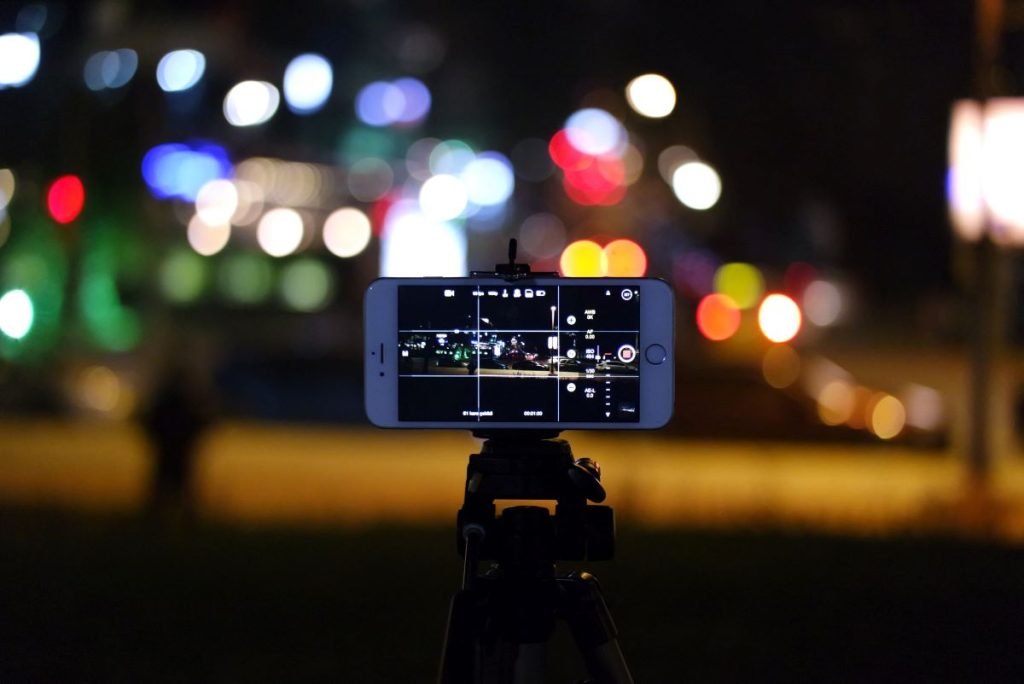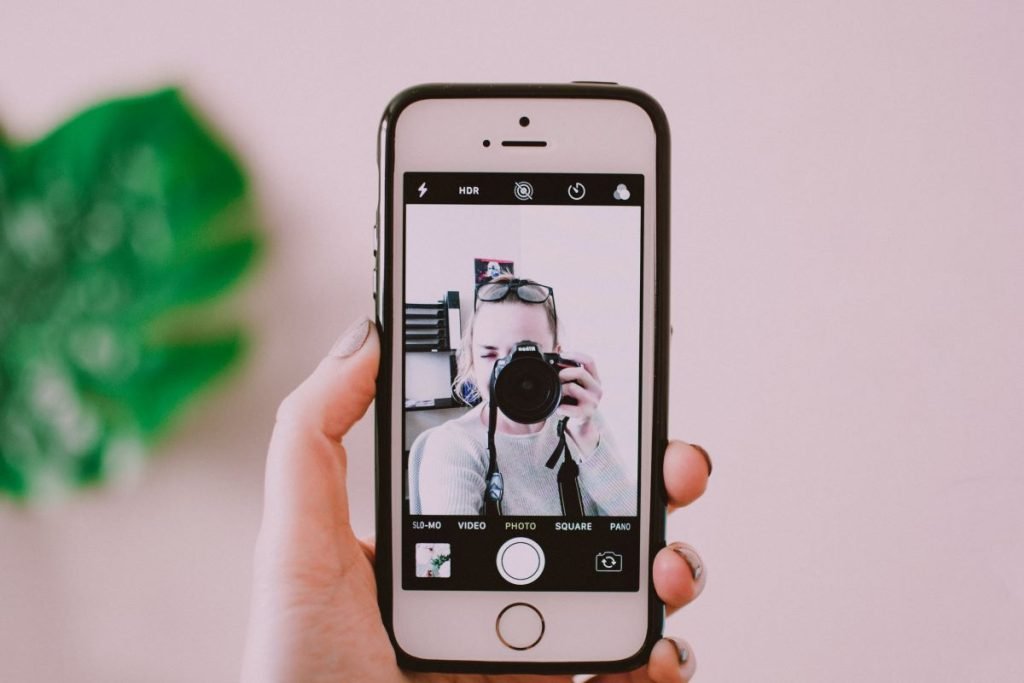A fascinating trip begins with the first smartphone with a camera and ends with the current smartphone market with two cameras. Smartphones, the history of smartphone camera technology, and the fantastic changes in phone camera technology have all been essential to this growth. Let’s look at the intriguing history of camera phones, starting with the Kyocera Visual Phone VP-210 and continuing with the early models that helped make camera phones popular in 2000.

Resource: the Evolution of Smartphone Cameras
Smartphone Photography’s Early Days

Smartphone Camera Technology:
In the late 1990s, when forward-thinking firms like Kyocera and Sharp were only beginning to investigate the world of camera phones, we set out on our odyssey. These preliminary efforts laid the groundwork for the evolution of camera phones, but further research and development were needed to grasp the potential of phone camera technology fully.
Then, a maverick named Philippe Kahn appeared; he would go on to play a pivotal role in the evolution of camera phones. In 1997, he sent the first digital photograph of his newborn daughter to 2,000 people worldwide, making history. This remarkable achievement was achieved by implementing a jerry-rigged apparatus comprising his Casio phone, a personal camera, and lines of code connecting the camera to a laptop. This ground-breaking action led to the commercial introduction of the first smartphone with a camera in 2000.
A Time When Many Technical Advances Were Made
Smartphone Camera Technology:
There was a revolutionary time in technology, characterized by a spirit of inquiry and bold experimentation, in the ’80s and ’90s. During this time, known as the “era of ubiquitous computing,” engineers and tech enthusiasts worked to improve existing systems.
The camera was a well-established technology, but the interest in new things at the time prompted pioneers to consider how it could be improved. Philippe Kahn’s innovative idea brought together the domains of cell phones with photography that happened to him during his wife’s labor. An important turning point in the development occurred here.
The Future of Smartphone Photography

Smartphone Camera Technology:
Building better cameras into mobile devices wasn’t only about fixing problems; it was also about expanding the uses of existing technology. The digital camera didn’t solve a significant problem, but it did give us a fresh perspective on life and changed the way we keep track of our memories.
The year 2000 saw the start of a time when camera phones significantly altered the nature of portable electronics. They were initially only capable of making phone calls and sending text messages, but now they can also take photographs.
The Social Impact of Mobile Cameras

Smartphone Camera Technology:
Not only did camera phones help improve technology, but they also sparked a cultural shift. Photographers emerged from all walks of life, documenting the world from their unique vantage point. Snapchat, Instagram, Skype, and Zoom, among others, have rethought our social interactions and entertainment options. More and more, using camera phones in school has become necessary, especially during the hard times of COVID-19.
Success and All-Pervasiveness

Smartphone Camera Technology:
The concept that everyone would have access to a device that could take digital photos and movies sounded far-fetched in the 1980s. However, by 2003, camera phones had outsold dedicated digital camera sales. Amazingly, camera phones have become a competitive consumer good in just a few short years.
Evolution, the Never-ending Process

Smartphone Camera Technology:
Since the release of the first smartphone with a camera to the current market for smartphones with two lenses, the technology behind phone cameras has advanced at a dizzying rate. The evolution of smartphones and cameras in mobile phones together shows how these devices have changed not just the technological landscape but also human culture.
Summary
Smartphone Camera Technology:
The evolution of the camera phone, which is intertwined with the smartphone camera , is evidence of the impact that technology has had on people’s daily lives and the inventiveness of humans. These changes have permanently altered how we use electronics, affecting how we remember things and shape our experiences. The development of smartphones, from the first device to feature an integrated camera to the latest iteration, is a fascinating tale still being written.

